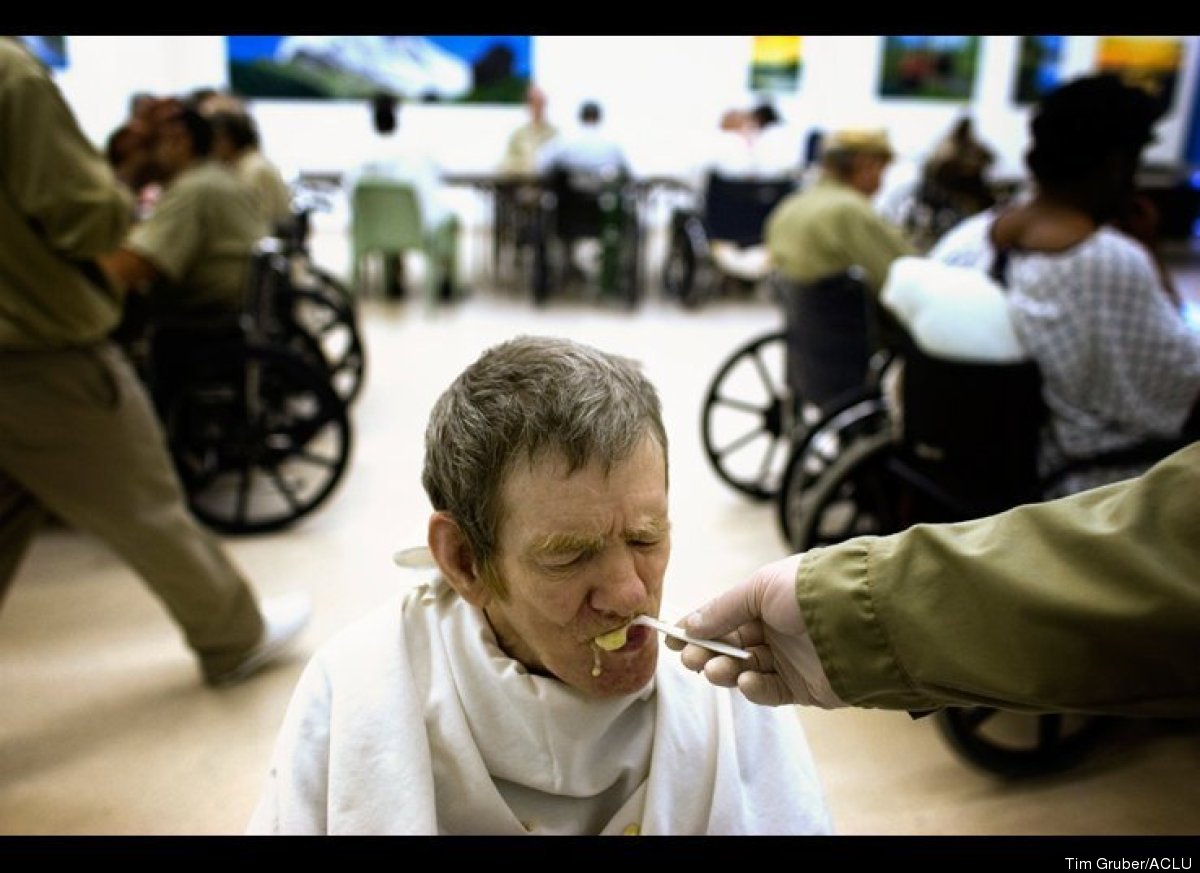
The American Civil Liberties Union issued a report in 2013 about elderly inmates. The elderly inmate population has increased 1300 percent since the early 1980’s. The federal government and the states spend more than $16 billion a year to incarcerate aging inmates. The report noted that almost all inmates over 50 are not a threat to society. It costs $68,000 to imprison an elderly inmate which was twice the cost to imprison a young inmate. The difference in costs resulted from health care expenses which increased every year.
Many elderly inmates are now in their 70’s and 80’s. The release of these inmates, many who were imprisoned for non-violent crimes and/or drug possession would not constitute a danger to their communities. Their releases would not drain the budgets for the elderly in the outside world. A fiscal analysis by the ACLU found that states would save approximately $66,000 a year for each elderly inmate released from prison.
Health care in prisons is inadequate at best and horrible for the elderly. The physicians and their assistants are not trained for care of the geriatric prison population. Prisons do not treat elderly inmates differently from young inmates although their healthcare requirements are so different. On a personal note, I watched inmates stand in line outside in the rain for 30 minutes waiting for their medications. Some of these inmates were over 70 and required canes to ambulate.
Elderly inmates are easily victimized by predatory inmates. I knew one inmate in his 50’s who was attacked by a 21 year old inmate because the young man wanted his chair. Some prisons do have tiers for inmates who are over the age of 40, This policy has helped somewhat in protecting older inmates from younger inmates, but has not eliminated this problem since all inmates share the chow hall and the outside areas.
There are solutions for this growing problem. First, the decisions regarding parole and early releases should place more emphasis on the age and health of the inmate. Second, our prison systems and legislatures should implement dedicated prisons for the elderly. Third, our system of justice should look to alternative sentencing programs for defendants who have committed nonviolent crimes instead of prisons.The manner in which our prison systems treat elderly inmates certainly defines the type of society in which we live today.
By: Bradley Schwartz
Founder of prisonpath.com
Ronald Simpson-Bey
Research Assistant at University of Michigan
The facts and stats quoted in this article are proven truths and common sense. Now if only common sense became common with the parole review boards and the legislators who make the laws and rules governing incarceration we could see some meaningful financial relief and reform.